2015 Acura RDX OVERVIEW 
2015 Acura RDX in Saint Louis
“Refuge for your next inspiration” —Acura.com
- 3.5-liter V-6 Engine
- Sequential SportShift Automatic Paddle Shifters
- Multi-View Rear Camera
- Keyless Access System
- Automatic Climate Control
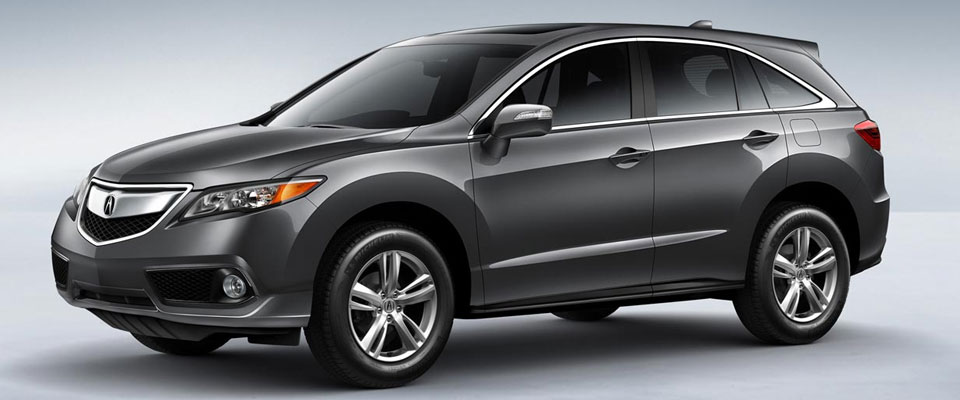
Acura RDX Dealer in Saint Louis
Acura PERFORMANCE 

Variable Cylinder Management
Variable Cylinder Management™ (VCM®) automatically changes the V-6 engine to run on six, four or three cylinders, depending on driving conditions, resulting in significantly improved highway fuel efficiency.
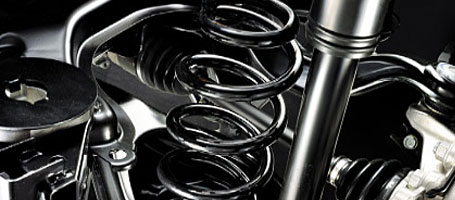
Suspension Systems
The RDX front strut and rear multi-link suspension systems are tuned to provide a combination of secure handling and exceptional ride. The RDX is also the first Acura model equipped with uniquely designed shock absorbers known as Amplitude Reactive Dampers.
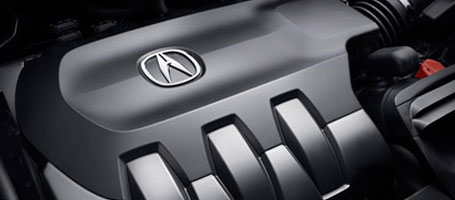
3.5-liter V-6 Engine
The powerful 3.5-liter i-VTEC® V-6 engine produces an impressive 273 horsepower and 251 lbs.-ft. of torque, while the refined Variable Cylinder Management (VCM II) system and low-friction technology produce class-leading efficiency.
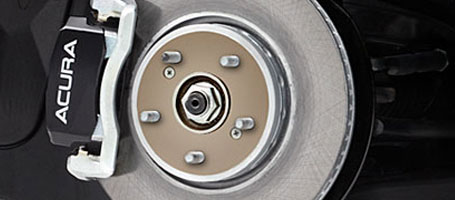
Performance Braking
The RDX disc brakes are backed up by several sophisticated electronic systems to provide you with enhanced braking under any circumstance.
2015 RDX APPEARANCE 
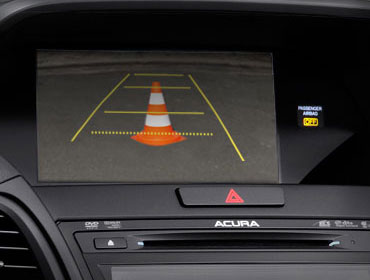
Multi-View Rear Camera
All RDX models are equipped with a rearview camera that automatically produces three available views of the area behind the vehicle when “reverse” is engaged. The standard system has a 5-inch, full-color display above the center controls. Navigation system-equipped models use the 8” navigation screen.
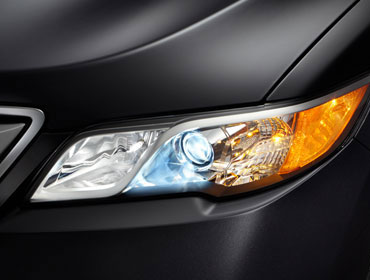
HID Headlights
RDX models with the Technology Package are equipped with Xenon high-intensity discharge (HID) headlights for the low beams.
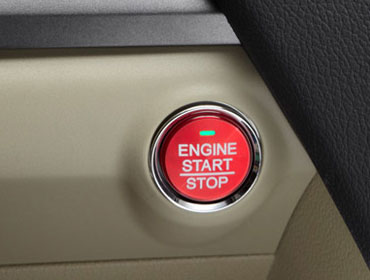
Keyless Access System
The Keyless Access System with smart entry and pushbutton ignition allows you to walk up to the RDX, unlock the doors, have the car set your preferences and start the engine without ever having to take the key out of your pocket.
Acura RDX COMFORT 
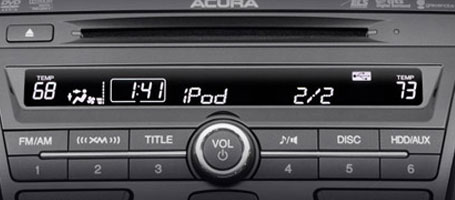
Automatic Climate Control
The RDX dual-zone, automatic climate control system allows the driver and front passenger to create their own microclimates.
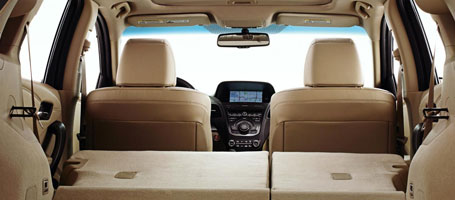
Cargo Area
The cargo area of the second-generation RDX is more accessible than ever before.
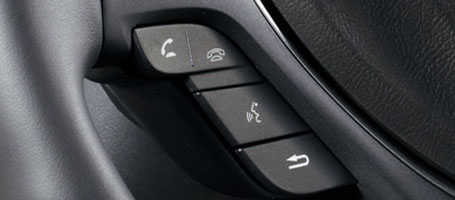
Bluetooth® HandsFreeLink
The Bluetooth® HandsFreeLink® system works with many Bluetooth-enabled cell phones to let you receive and initiate phone calls through the RDX audio system without ever taking your hands off the wheel.
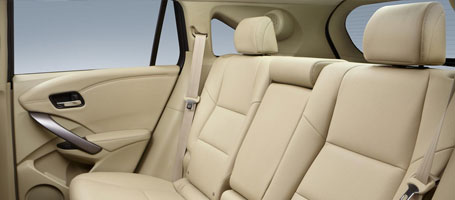
Rear Seats
With room for three in the rear, the RDX is a premium five-passenger vehicle with soft, perforated leather for all.
2015 Acura RDX SAFETY & WARRANTY 
4-year/50,000-mile limited warranty

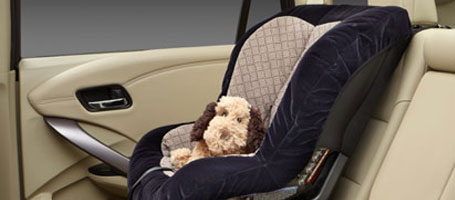
Child Safety
The Occupant Position Detection System (OPDS) utilizes sensors in the front passenger's seatback to detect if the occupant is a child or small-statured adult. If such an occupant is leaning into the side airbag's deployment path, the side airbag will be deactivated until they resume a safer, more upright position.
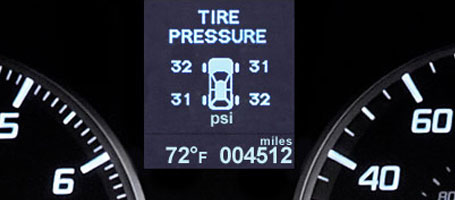
Tire Pressure Monitoring System
Since an under-inflated tire impedes handling and can be a safety hazard, the Tire Pressure Monitoring System (TPMS) uses pressure sensors mounted in each wheel that send readings to a central electronic control unit. The system then evaluates whether the pressure is in an acceptable range.
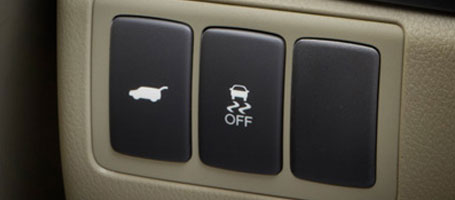
Vehicle Stability Assist
The system continually monitors vehicle speed, throttle position, individual wheel speeds, steering angle, lateral G-force, and yaw rate.
When the potential for oversteer or understeer is detected, VSA will reduce the engine’s torque and use the ABS system to apply brakes to each wheel as needed to help stabilize the vehicle.

Braking Systems
The anti-lock braking system (ABS) helps you retain steering control in emergency braking by preventing the wheels from locking up, while allowing them to achieve their maximum level of stopping.
We're sorry, but we do not have a 2015 Acura RDX in our current inventory.
Disclaimers
- * For up-to-date pricing and disclaimer information please contact your local dealer.
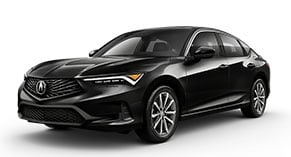 2026
Integra
2026
Integra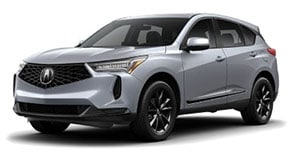 2026
RDX
2026
RDX 2026
MDX
2026
MDX 2025
INTEGRA
2025
INTEGRA 2025
TLX
2025
TLX 2025
RDX
2025
RDX 2025
ADX
2025
ADX 2025
MDX
2025
MDX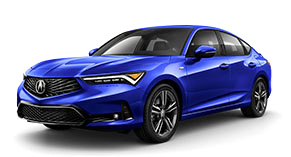 2024
INTEGRA
2024
INTEGRA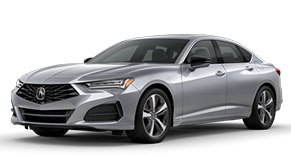 2024
TLX
2024
TLX 2024
MDX
2024
MDX 2024
RDX
2024
RDX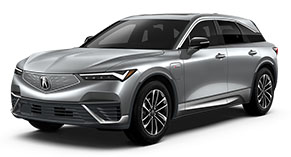 2024
ZDX
2024
ZDX 2023
INTEGRA
2023
INTEGRA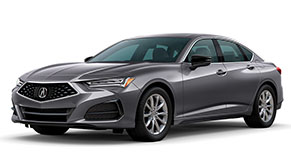 2023
TLX
2023
TLX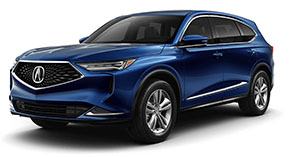 2023
MDX
2023
MDX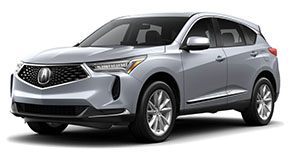 2023
RDX
2023
RDX 2022
NSX
2022
NSX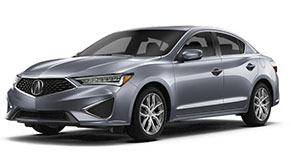 2022
ILX
2022
ILX 2022
TLX
2022
TLX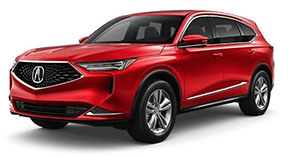 2022
MDX
2022
MDX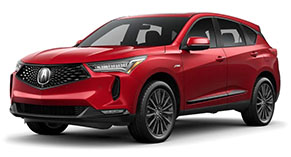 2022
RDX
2022
RDX 2021
NSX
2021
NSX 2021
ILX
2021
ILX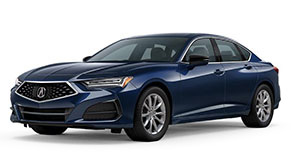 2021
TLX
2021
TLX 2021
RDX
2021
RDX 2020
NSX
2020
NSX 2020
ILX
2020
ILX 2020
RLX
2020
RLX 2020
TLX
2020
TLX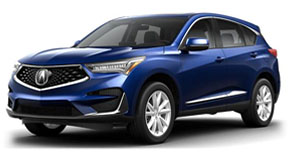 2020
RDX
2020
RDX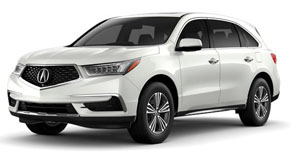 2020
MDX
2020
MDX 2019
NSX
2019
NSX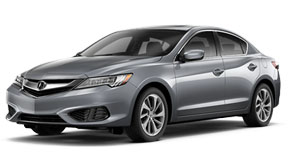 2019
ILX
2019
ILX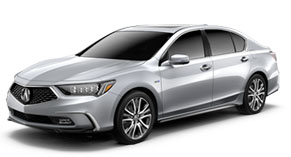 2019
RLX
2019
RLX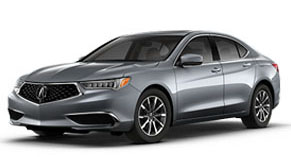 2019
TLX
2019
TLX 2019
RDX
2019
RDX 2019
MDX
2019
MDX 2018
NSX
2018
NSX 2018
ILX
2018
ILX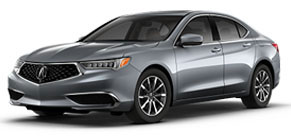 2018
RLX
2018
RLX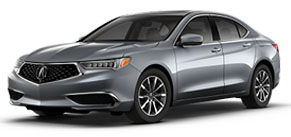 2018
TLX
2018
TLX 2018
RDX
2018
RDX 2018
MDX
2018
MDX 2017
NSX
2017
NSX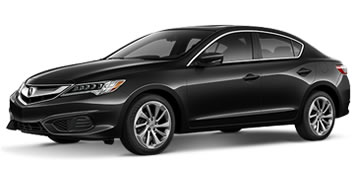 2017
ILX
2017
ILX 2017
RLX
2017
RLX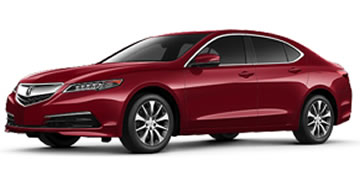 2017
TLX
2017
TLX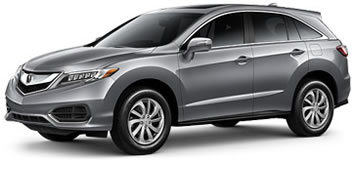 2017
RDX
2017
RDX 2017
MDX
2017
MDX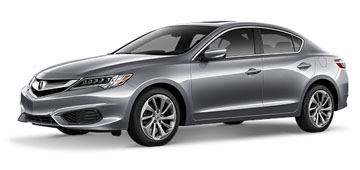 2016
ILX
2016
ILX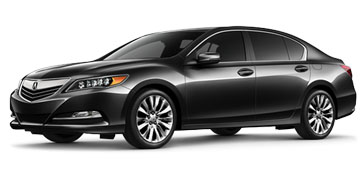 2016
RLX
2016
RLX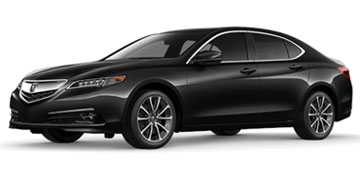 2016
TLX
2016
TLX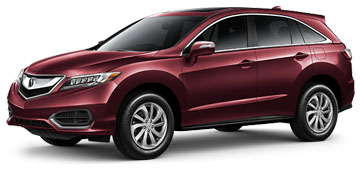 2016
RDX
2016
RDX 2016
MDX
2016
MDX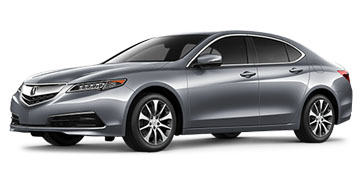 2015
ILX
2015
ILX 2015
RLX
2015
RLX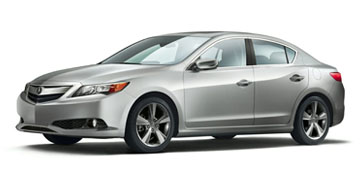 2015
TLX
2015
TLX 2015
RDX
2015
RDX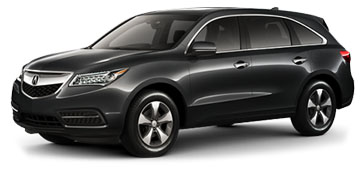 2015
MDX
2015
MDX 2014
RLX Sport Hybrid
2014
RLX Sport Hybrid